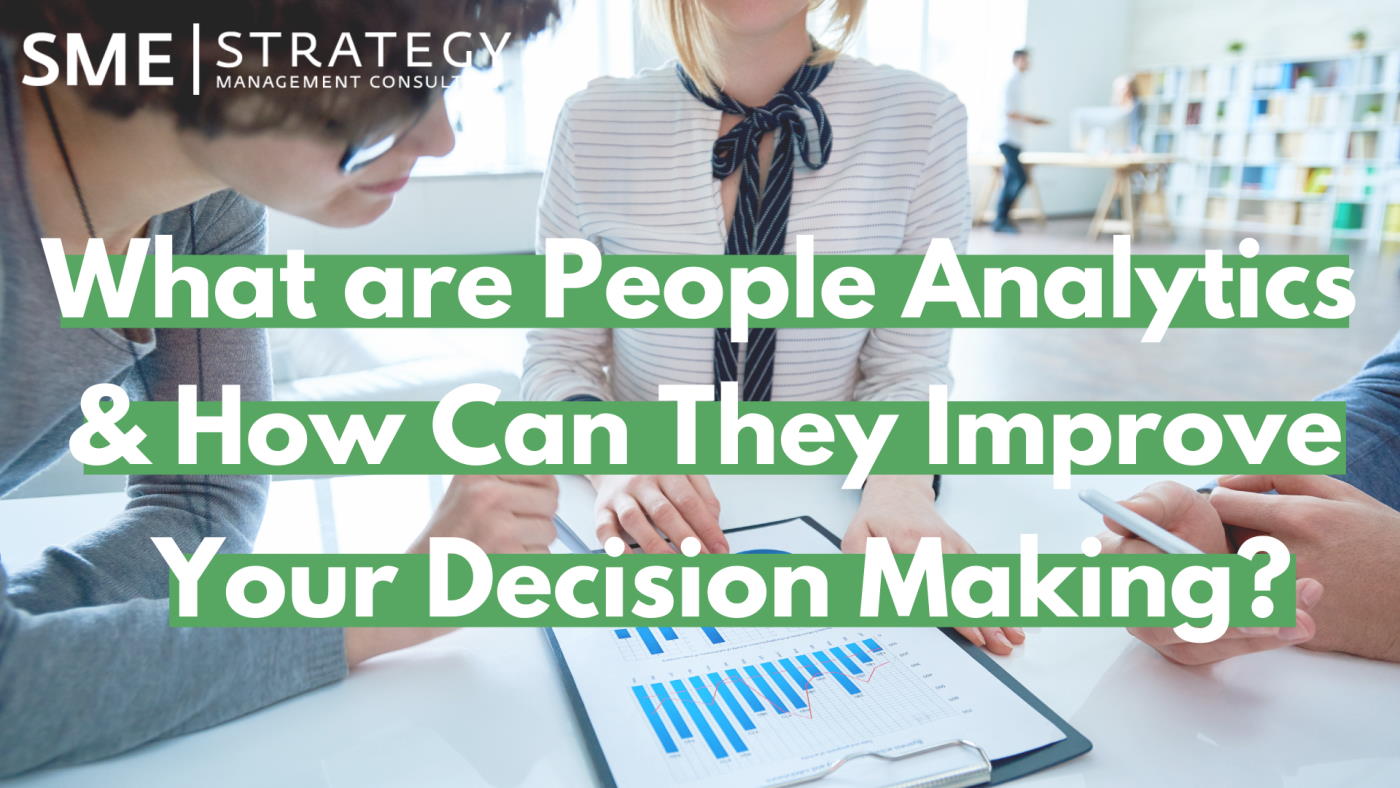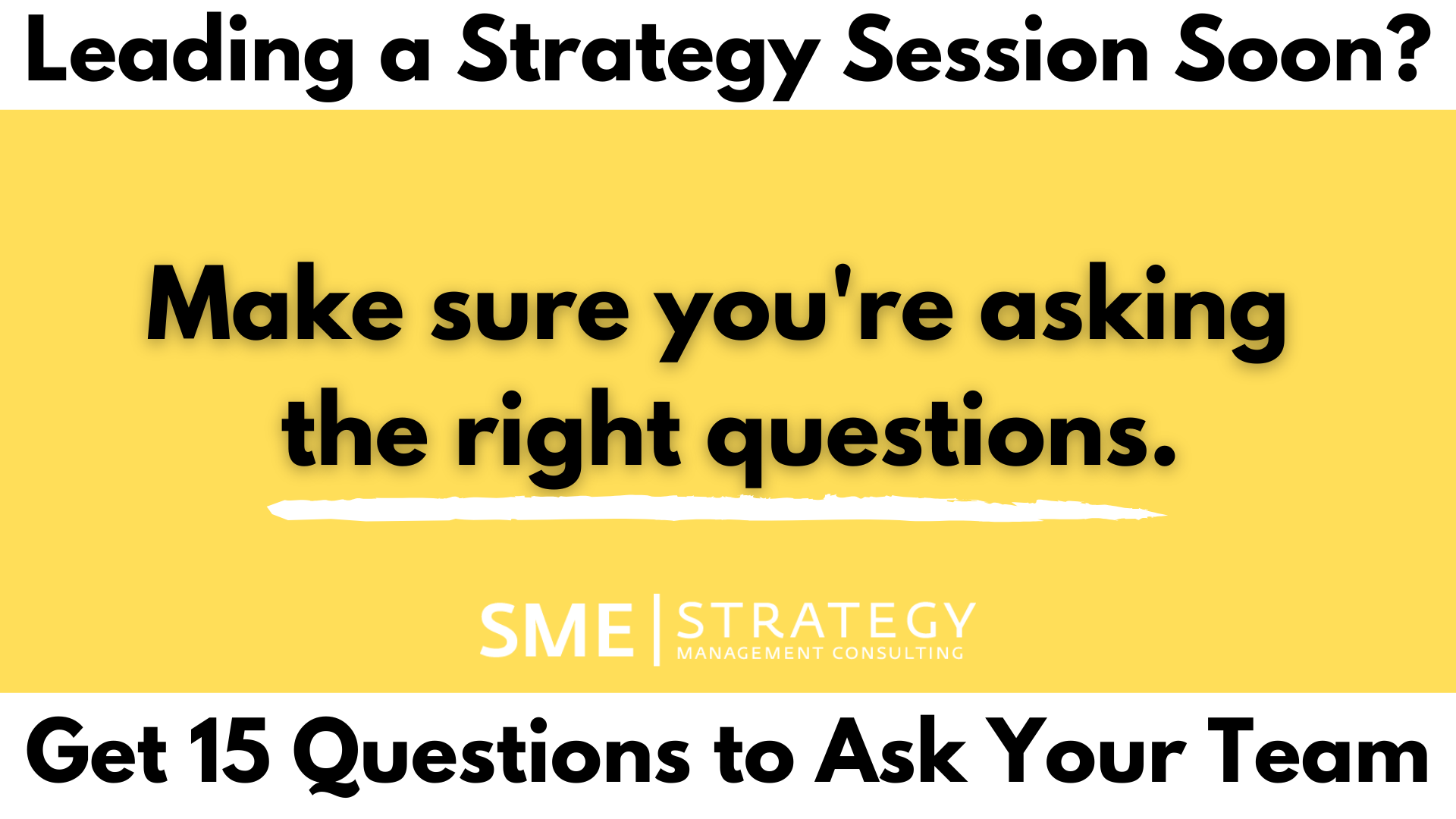What are People Analytics, and How Can They Improve Your Decision Making?

Elton Mayo was an Australian psychologist working in organizational psychology in the USA. After his appointment at Harvard Business School, he was appointed to study the high attrition rates at a Philadelphia-based textile mill. He conducted a thorough analysis and went ahead with presenting his results, which highlighted the fact that the mundane nature of work was creating fatigue in the employees. And the solution was simple – give the employees more breaks. He was a part of several such novel studies and established management sciences as a discipline that resulted in the birth of
People Analytics as we know it today.
People Analytics is also referred to as Talent Analytics and HR Analytics. Along with the different names, it carries different definitions. For some formalized definitions, people analytics is the systematic way of collecting, processing, and using data to make decisions related to people. But the definition given by Emilio Castilla, a professor at the MIT Sloan School of Management, defines people analytics in a concise and yet effective manner – it is "a data-driven approach to improve people-related decisions in a manner that advances organizational and individual success".
> Watch: Developing a Data Strategy & Customer Analytics for Today
Using that approach, it is easy to see what people analytics is supposed to achieve – a robust system of making decisions that benefit the business as well as the individuals who are the fundamental units of it.
Are you having a strategy session soon? Make sure you ask these questions first:
Input Data: Types and Sources
There are several forms of data that go as inputs in people’s analytic systems. As per a detailed report on the subject matter published by Harvard Business Review, there are two key types of data used:
- Traits: These are the attributes of individuals that remain static throughout their tenure with the firm. Ethnicity, gender, and work-history populate this category.
- State: These are attributes that take into account information that will change – age, education, experience, bonuses, and so on.
These are the two high-level categories used to organize the data collected. But in order to do that, different sources of data collection have to be deployed. Generally, these include:
-
Surveys & reviews conducted between employees and their superiors.
-
Attendance records and employee’s work history.
-
Performance history, i.e. salary and promotions.
-
Demographic and personality traits recorded during the recruitment process.
Watch: Harnessing Emotional Intelligence to Get the Most Out of Your People
Leveraging Data to Drive Performance
The data can be used in several ways. Generally, there are two approaches to extract optimal value from the data:
-
Top-Down Approach: This approach begins with identifying key questions related to people’s operations, that will later be answered by the people analytics process. Once the problem-statement has been defined, relevant data is accumulated, aggregated, and analyzed. Key findings are reported and then the necessary organizational changes are made.
-
Bottom-Up Approach: This is a continual process that involves collecting the data, benchmarking it, wrangling through it, cleaning it, aggregating it, analyzing it, and then reporting on the key KPIs and goals. Then you'll be better able to formulate strategies for improvement and deploy them.
The core process of collecting, cleaning, integrating, analyzing, and reporting is the same. The context in which they are done changes. The former is a problem-solution approach while the latter is the exploratory approach. They are not mutually exhaustive processes and can be used one after another or one with another.
Watch: How to Develop Your People & Culture
Common Errors You Should Avoid
Despite the analytical approach of people analytics, companies sometimes consider it error-prone and not worth the resources. Fortunately, being aware of these possible issues can help you identify and avoid them, instead of waiting to take the corrective action. Here are the common errors you should avoid at all costs in your people analytics systems:
-
In-Built Biases in Data: Sometimes, analysts in the People Analytics team may carry their own set of biases. These can be minor judgments or presumptions about people based on their background. Such biases can be reflected in the way data is selected. Hence, make sure you are collecting unbiased data.
-
Avoid Data-Fitting: Data Analysts understand the fact that if you manipulate the data too much, you will eventually end up with some conclusion or pattern. But that is not the motive here. The goal is to garner genuine insights that can produce value for the business. Hence, when you are collecting and analyzing data, make sure you are observing and reporting on variables that are outside the purview of your proposed theory. In simpler terms – the process should focus on getting the right insights and not fitting the data around an already made proposition.
-
Collect Qualitative and Quantitative Data: Poor quality data or too much data can do more harm than good, because it will consume resources and will not highlight any insights. When you are collecting the data, check for quality attributes like timeline, correlation, completeness, and filters before you put it all together and accumulate more data of the same type.
Alternative Approaches to People Analytics
Researchers have now started proposing alternative approaches to people analytics. One of the most promising approaches is Relational Analytics. Instead of taking a data and analysis approach, Relational Analytics focuses on understanding the patterns in social networks formed within the organization. Apart from the data sources shown above, data from communication between teams and individuals are also used.
Such network-analysis can help the firm identify what are the most creative, influential, efficient, innovative, and vulnerable nodes in the network. Based on these insights, the firm can take strategic or corrective actions.
Have you considered using a professional facilitator for your next strategic planning session?
In Essence
No matter what approach you take and how you leverage the data, it is critical to get started with a people analytics strategy. As resources become tighter, using data-driven decision making has become more of a necessity and less of a competitive feature. Firms that can integrate people analytics into their organizational systems will have an added advantage in terms of collaboration, resource allocation, and employee retention over their contemporaries in the market.
Author Bio:
Lingappa Amiyappa is the General Manager of Payroll Operations at Paybooks. He has worked in the payroll industry for 13 years gaining unparalleled experience in managing payroll, payroll outsourcing and payroll implementation. He is passionate for guiding all aspects of payroll industry and enjoys sharing knowledge about payroll with his peers.




